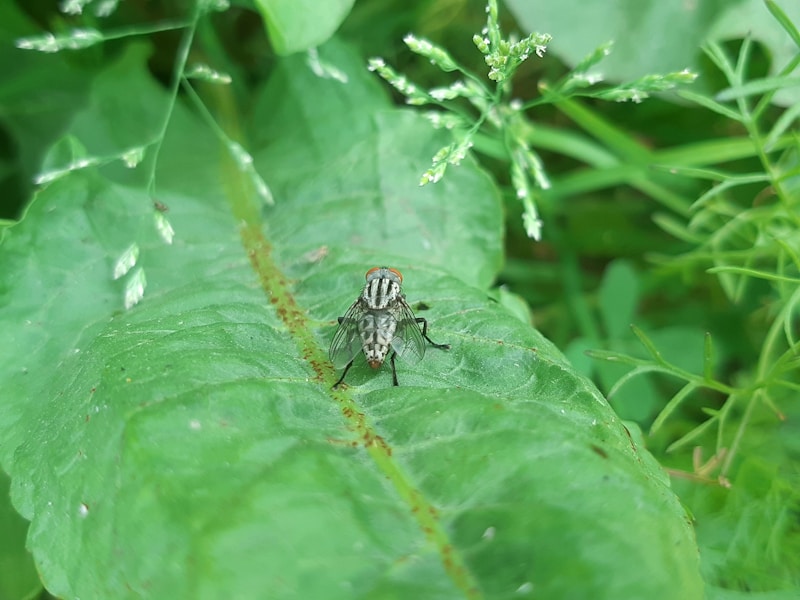Questions and Answers
What is the primary method of reproduction for bacteria?
Which of the following correctly differentiates between obligate aerobes and facultative aerobes?
What is a significant advantage of the lysogenic cycle for viruses?
Which characteristic is unique to Archaea compared to Eubacteria?
Signup and view all the answers
What is the primary function of a vaccine in the context of viral infections?
Signup and view all the answers
What distinguishes one species from another?
Signup and view all the answers
What is the main purpose of taxonomy?
Signup and view all the answers
What is a significance of phylogenetic trees?
Signup and view all the answers
How do autotrophs and heterotrophs differ in energy acquisition?
Signup and view all the answers
Which characteristic differentiates prokaryotes from eukaryotes?
Signup and view all the answers
Study Notes
What is Biodiversity?
- Biodiversity refers to the variety of life forms within a given ecosystem or on Earth, measured by species, genetic variation, and ecosystem diversity.
- A species is defined as a group of organisms that can interbreed and produce fertile offspring.
- Morphology involves the study of the form and structure of organisms, essential for species identification and classification.
- Biodiversity stabilizes ecosystems by maintaining balance, enhancing resilience to disturbances, and supporting ecosystem functions.
- An ecosystem is a community of living organisms interacting with their physical environment.
- Species diversity focuses on the number of different species in an area, while habitat diversity addresses the variety of habitats within a given area.
- Species interact through relationships such as predation, competition, mutualism, and parasitism.
- Heterotrophs are organisms that obtain energy by consuming other organisms, while autotrophs produce their own energy through photosynthesis or chemosynthesis.
- The loss of biodiversity can lead to diminished ecosystem services, loss of resources, and increased vulnerability to diseases affecting humans.
Classification
- Taxonomy is the science of naming, defining, and classifying organisms.
- Morphology plays a key role in classification by providing physical characteristics to distinguish groups; it faces challenges in organisms that exhibit convergent evolution.
- Carl Linnaeus developed the binomial nomenclature system, which assigns each species a two-part name for accurate identification.
- Taxonomic levels include domain, kingdom, phylum, class, order, family, genus, and species.
- Dichotomous keys are tools used to identify species by presenting a series of choices that lead the user to the correct identification.
Modern Taxonomy (Phylogeny)
- Phylogeny is the study of evolutionary relationships among species, often depicted in phylogenetic trees.
- Phylogenetic trees illustrate how species are related through their common ancestors, indicating evolutionary pathways.
- Clades represent groups that include a common ancestor and all its descendants.
- IBOL (International Barcode of Life) is significant for using DNA barcoding to identify species and improve biodiversity data.
Kingdoms and Domains
- Prokaryotes lack a nucleus, while eukaryotes have a defined nucleus and organelles.
- The six kingdoms of life are Archaea, Bacteria, Protista, Fungi, Plantae, and Animalia, each with distinguishing characteristics such as cellular structure and modes of nutrition.
- Domains classify life into three major categories: Archaea, Bacteria, and Eukarya, providing clearer differentiation through genetic data.
Prokaryotes: Eubacteria and Archaea
- Eubacteria and Archaea dominate life forms on Earth; their differences include cell wall composition and metabolic pathways.
- Bacteria exhibit three main shapes: cocci (spherical), bacilli (rod-shaped), and spirilla (spiral).
- Reproduction occurs via binary fission (asexual), conjugation (genetic exchange), and transformation (uptake of foreign DNA).
- Metabolism refers to the biochemical processes in organisms; heterotrophic organisms consume others, while autotrophs synthesize their nutrients.
- Obligate aerobes require oxygen, while facultative aerobes can live with or without it.
- Antibiotics target pathogens, inhibiting their growth or killing them, crucial in combating bacterial infections.
Viruses
- Viruses consist of genetic material surrounded by a protein coat and lack cellular structure.
- A bacteriophage is a virus that infects bacteria, characterized by a head, tail, and tail fibers.
- Viruses become infectious by entering host cells and hijacking cellular machinery for replication.
- The Lytic Cycle involves immediate viral reproduction, leading to host cell lysis, while the Lysogenic Cycle allows viral DNA to integrate into the host genome, creating latent infections.
- Viruses are transmitted through various modes, including respiratory droplets, bodily fluids, and vectors, influencing the frequency and intensity of outbreaks.
- An epidemic refers to a sudden increase in disease prevalence within a specific area, while a pandemic spreads across countries or globally.
- Vaccines introduce weakened or inactive virus forms into the body, stimulating an immune response to provide protection against future infections.
Kingdoms
- Protista: Unicellular or multicellular organisms, diverse nutritional modes (e.g., photosynthesis, ingestion).
- Fungi: Eukaryotic decomposers, typically multicellular, with cell walls made of chitin; reproduce via spores.
- Plantae: Multicellular autotrophs with cell walls made of cellulose; undergo photosynthesis to produce energy.
- Animalia: Multicellular heterotrophs without cell walls, characterized by complex organ systems and movement.
Studying That Suits You
Use AI to generate personalized quizzes and flashcards to suit your learning preferences.
Description
This quiz delves into the concept of biodiversity, including the various life forms in ecosystems and their interactions. You will explore definitions, types of diversity, and the roles that species play in maintaining ecosystem stability and resilience.




